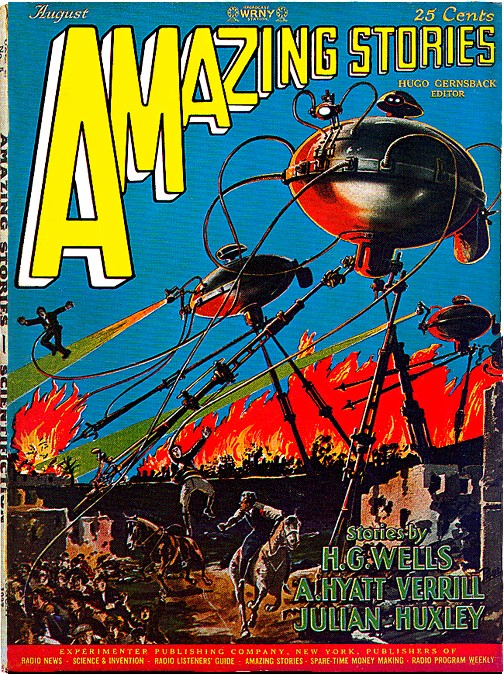| Technologies
of Visualization: we live a matrix for representing what is
real |
|
My focus in
this lecture:
- techiques
of visualization in painting and photography
- pre-digital
film
- digital
film effects
|
| Masaccio: the
Brancacci chapel in Florence, early 15th century |
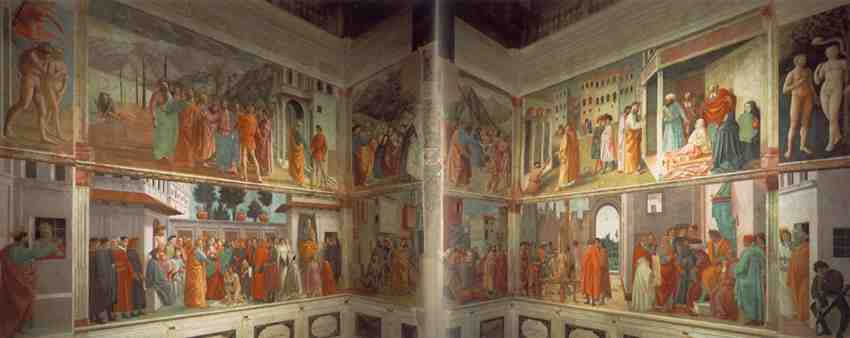 |
| |
|
The Tribute
Money: "Render unto Caesar what is Caesar's, unto God
what is God's"

|
The
Trinity
 The Expulsion of Adam and Eve from Eden
The Expulsion of Adam and Eve from Eden
|
Albreckt Durer,
late 15th-early 16th century
|
|
The Draftsman
and the model: turning linear perspective into a scientific
technique
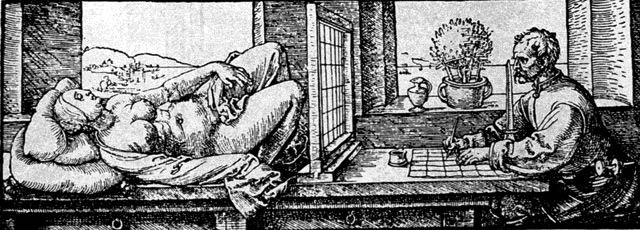
|
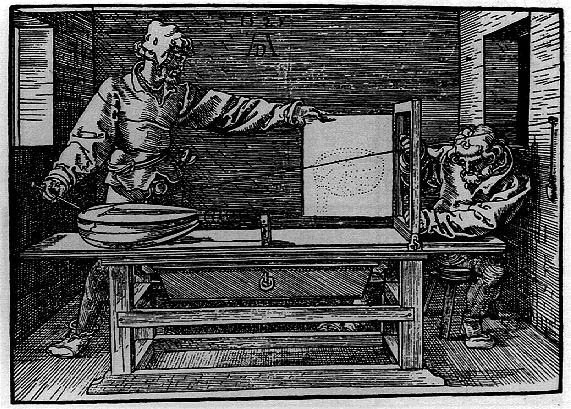 |
| |
|
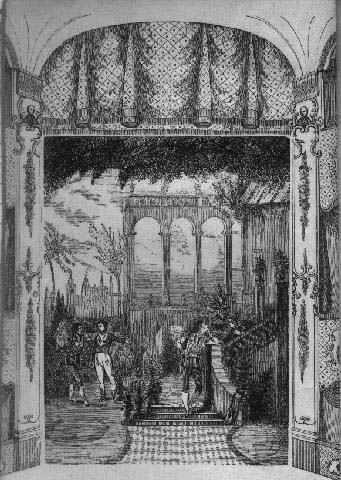 Royal
Olympic Theater, London, 1831 Royal
Olympic Theater, London, 1831
The arch over the stage marks the "fourth wall",
into which the spectator looks, to find an illusionistic
space for the drama. Key elements: scene painting, linear
perspective, props, actors to create a space that believable
reality.
Later in the century, film makers will adapt the conventions
of fourth wall to locate the camera (during shooting) and
the projection screen (during playback).
|
 Notice
the apparatus used to fix the subject's head in a still position
before the photographic appatus. The seriousness of the figures
in these early photographs suggests that these are portraits
(painted by light) that are intended to preserve a face against
the ravages of time. Notice
the apparatus used to fix the subject's head in a still position
before the photographic appatus. The seriousness of the figures
in these early photographs suggests that these are portraits
(painted by light) that are intended to preserve a face against
the ravages of time. |
Traditional
Film: techniques of visualization:
- Storyboards
are sketched to plan the most important shots within each
scene of the film: e.g. Twister
storyboards
- Visual
rhymes: 2001: the hand of the ape touches monolith
is shot in the same way as the hand of the the astronaut
touches the monolith.
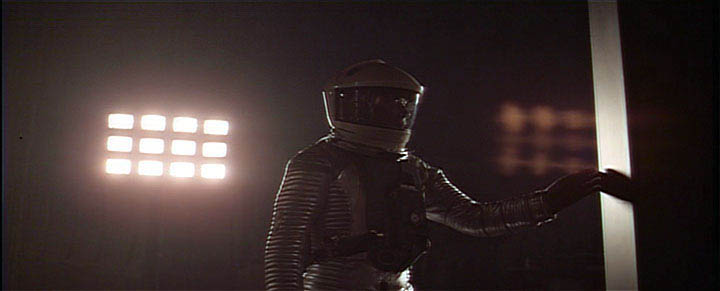
- Scene
painting, then photographed
- Techique
of Compositing
|
|
Scene
painting
Metropolis:
the painted scene which is then photographed

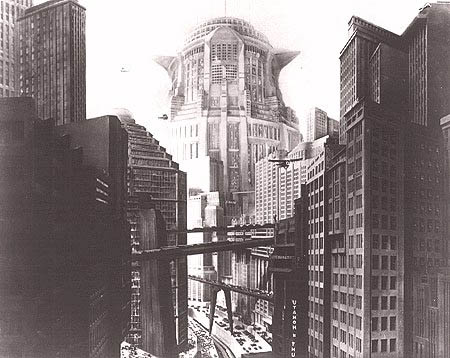
|
Compositing
2001:
"earth station": compositing two images together
to compose one image
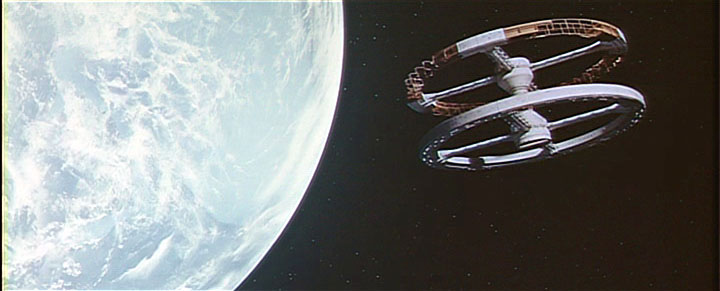
Blade
Runner: (models of) spinners and a night sky are composited
together to create the illusion of flight

Blade
Runner: approaching the Tyrell
Corporation at dawn
By
editing together a shot of a (model of a) building, with
a reverse shot of Deckard looking into the sunlight, we
get an illusion of Deckard fling toward the Tyrell Corporation
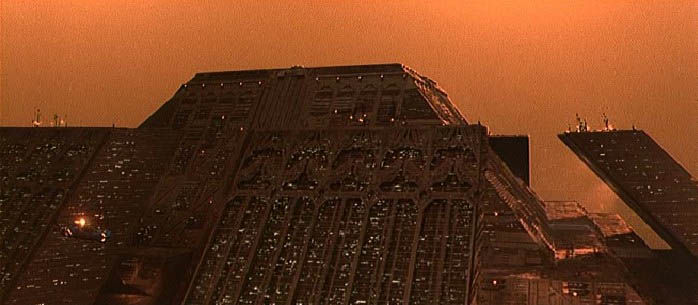

The model: 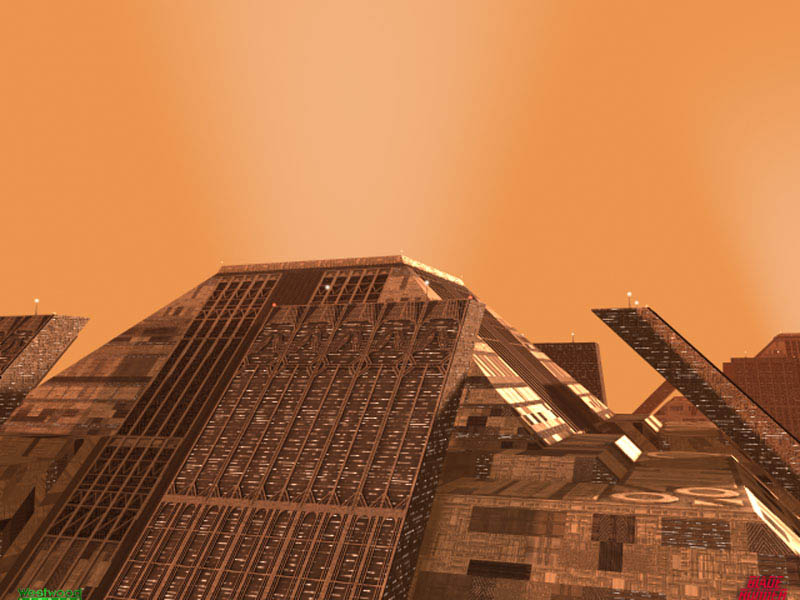
|
Digital
Cinema --as technique
Old
morph: the robot is morphing into the form of Maria
Technique: time lapse photography of intermediate states
of the object.
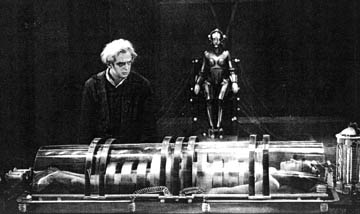
New
morph: the T-1000 walks through the bars at the mental hospital
Technique: digital manipulation of the image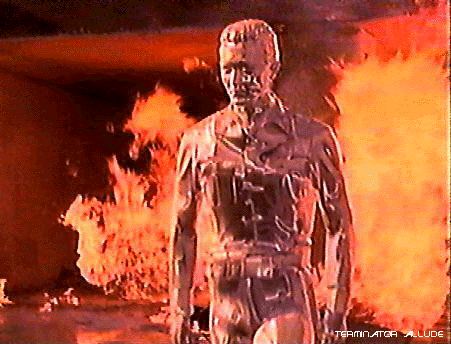
Narrative
setting of the clip: John Connor and the Terminator have
come to the mental hospital to rescue Sarah from the T-1000
sent to kill her
Elements
of the T-1000 morph:
- Photorealistic
image of the police man as starting and ending point
- His
morph around the metal bars exposes the hyper-reflective
metal of which he is made
- The
plasticity of the image shows off the remarkable flexibility
of digital code manipulated by software
|
The
Digital Difference--as content: visualizing cyberspace
|
William
Gibson's invention of cyberspace: 2 passages from
Neuromancer (1984)
Conceptualizing
cyberspace as a network space for a "consensual
hallucination" as experience:
"'The
matrix has its roots in primitive arcade games," said
the voice-over, "in early graphics programs and military
experimentation with cranial jacks.' On the Sony,
a two-dimensional space war faded behind a forest
of mathematically generated ferns, demonstrating the
spatial possibilities of logarithmic spirals...
'Cyberspace. A consensual hallucination experienced
daily by billions of legitimate operators, in every
nation, by children being taught mathematical concepts
. . . A graphic representation of data abstracted
from the banks of every computer in the human system.
Unthinkable complexity. Lines of light ranged in the
non space of the mind, clusters and constellations
of data. Like city lights, receding....'" (51)
|
NASA:
early technology for "Virtual Reality"
 |
human
|||| interface: computer, screen, images, helmet,
data glove|||| data
|
|
The
hacker jacks into cyberspace:
"Please,
he prayed, now-- A gray disk, the color of Chiba sky.
Now-- Disk beginning to rotate, faster, becoming a
sphere of paler gray. Expanding-- And flowed, flowered
for him, fluid neon origami trick, the unfolding of
his distanceless home, his country, transparent 3D
chessboard extending to infinity. Inner eye opening
to the stepped scarlet pyramid of the Eastern Seaboard
Fission Authority burning beyond the green cubes of
Mitsubishi Bank of America, and high and very far
away he saw the spiral arms of military systems, forever
beyond his reach. And somewhere he was laughing, in
a white-painted loft, distant fingers caressing the
deck, tears of release streaking his face. Molly was
gone when he took the trodes off, and the loft was
dark. He checked the time. He'd been in cyberspace
for five hours." (52)
|
|
| Two
Visualizations of cyberspace: |
Johnny
Mnemonic (1995, Dir. Longo), chapter 32:
At the end of the film, Johnny makes a "run" to capture
the formula from a drug company, and release it on the
network, for downloading. |
Cybersex
scene from Lawnmower Man (1992, Dir. Leonard):
A dimwitted lawnmower man named Jobe Smith has been
adopted by a scientist (played by Pierce Bronson), who
gives him mind expanding experiences-training in cyberspace/
virtual reality and drugs-so he acquires startling new
powers. In this scene he takes his girl friend on a
romp through into virtual reality. |
|
|
Assignment:
please read the
Script of The Matrix
Questions for viewing The Matrix (1999)
- How
is The Matrix similar and different than
the two short stories of Gibson, "Johnny Mnemonic"
and "Burning Chrome"?
- What
is the effect on the film of the Christian allegory?
- How
does the film develop the figure of the hacker as
rebel? how as kung
fu become synonymous with hacking?
- How
does the film visualize movement over the network?
fighting in "bullet-time"?
|
|
